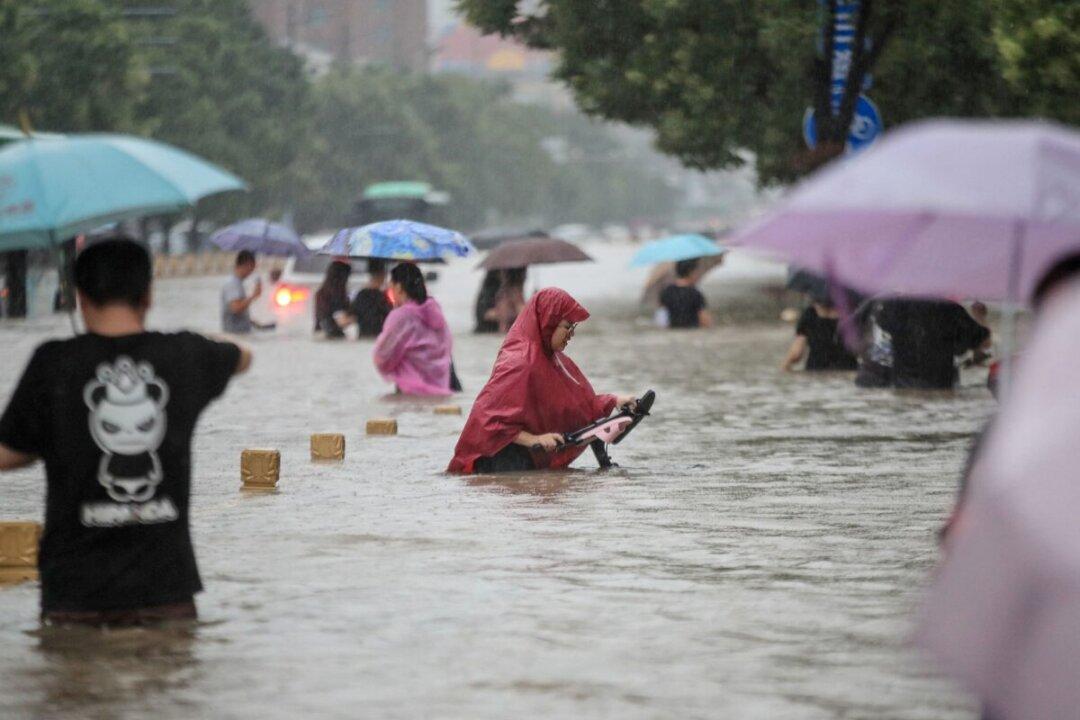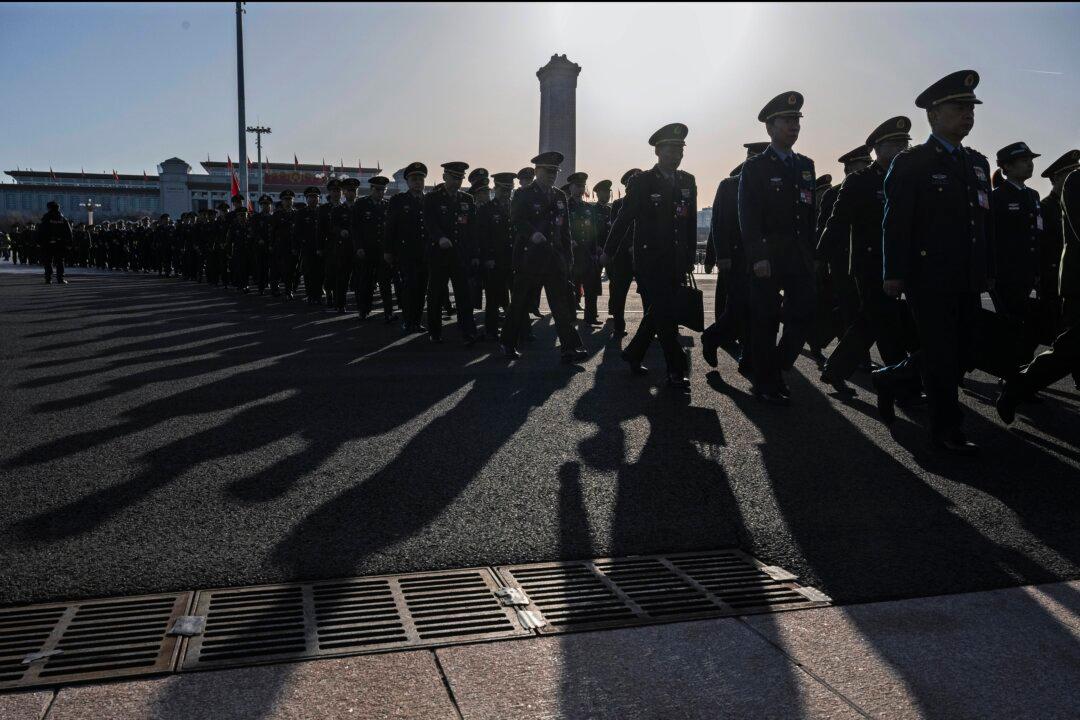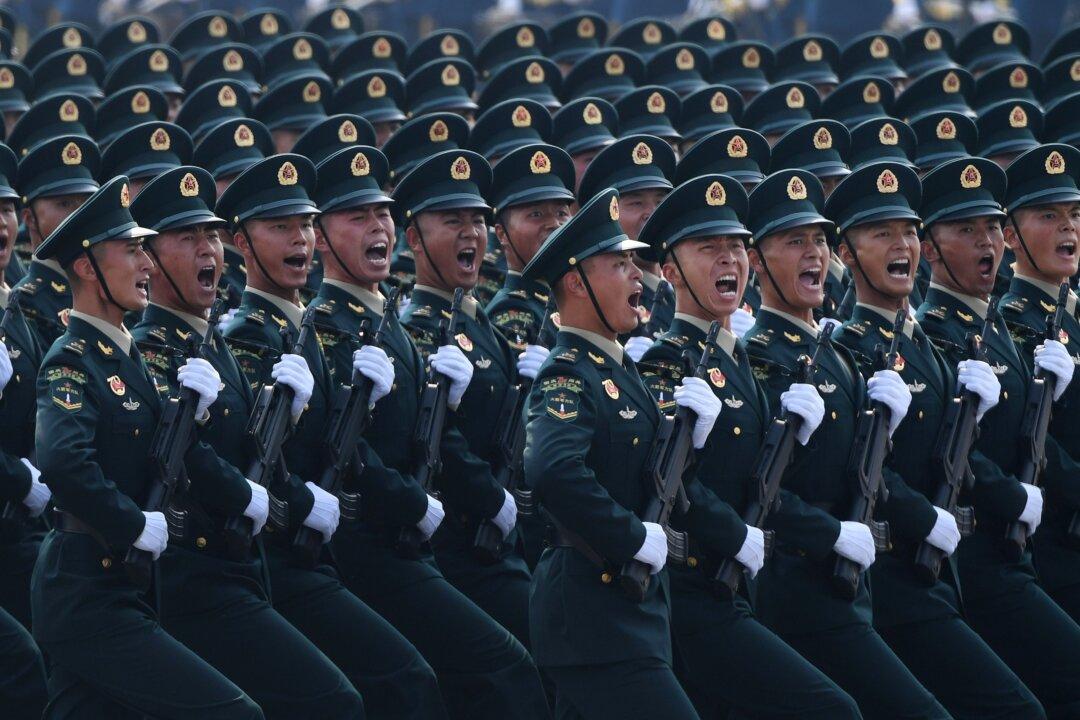Almost a year’s rainfall fell in three days on Zhenzhou, the capital city of China’s central Henan province between July 17–20, inundating reservoirs and flooding the underground system for the subway and trains.
Many of Zhengzhou’s water reservoirs, including Changzhuang, Guojiazui, and Jialu River, were filled to overflowing. Zhengzhou’s railways, highways, and civil aviation traffic were severely affected. A video posted on Twitter by Radio Free Asia showed that the city became a lake within four hours.





